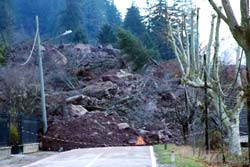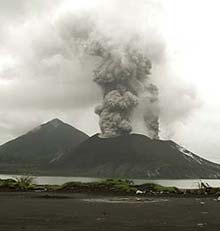This special field revolves around processes for modifying material properties (milling, cooling), composition (filtration, distillation) and type (oxidation, hydration).
Valuable information is available on a broad range of technologies including material separation, laser processes, measuring techniques and robot engineering in addition to testing methods and coating and materials analysis processes.

New fabrication results
The paper describes research at the Georgia Institute of Technology on fabricating hollow and solid microneedles in a variety of sizes and shapes from metals, biodegradable polymers, silicon and glass. It also reports on testing with cadaver skin and animals that demonstrates the ability of the micron-scale needles to deliver proteins, nanoparticles, and both small and large molecules through the skin.
“We’ve opened up the potential use of micron

One of the largest robots ever constructed will also be one of the most agile, thanks to technology derived from ESA space missions. Known as Roboclimber, this new climbing machine is designed to prevent landslides without endangering human lives.
Expertise from manoeuvring satellites into correct orbit has been used to develop the Roboclimber, which will be remotely controlled by a system originally built for ESA to control space robots and a robotic satellite arm.
Landslides are

It’s no secret that radiation is a great danger to astronauts. Most of the research to date concerns the effects of galactic cosmic rays, but what happens to those particles when they pass into a spacecraft?
A device currently being tested will reveal what kind of neutron energy spectrum astronauts are exposed to from neutrons inside a spacecraft, alerting the occupants when dangerous levels occur.
“When spacecraft travel through a variety of primary high-energy cosmic rays, large

What is the next best thing to humans landing on Mars and exploring the wonders of the Red Planet? The answer: touching, imaging and analysing carefully preserved samples of Martian rock in a state-of-the-art laboratory on Earth.
If all goes according to plan, this is exactly what ESA’s long-term Aurora programme of Solar System exploration will achieve a decade from now, when the first samples of Mars material will be sealed in a special capsule and returned to Earth for analysis.
The

Air safety will be boosted and the world aviation industry is set to save millions of dollars with the development by Australian company Tenix and CSIRO of an airborne volcanic gas and ash detector.
Costs in excess of $250 million have been borne by airlines worldwide as a result of undetected volcanic ash in flightpaths. Silicate particles in the ash can enter the engines and melt, leading to serious engine damage.
Volcanic ash also causes windscreen scouring, instrument damage a

A novel method of genetic fingerprinting, analysed and tested by more than 200 European laboratories, has been developed in conjunction with the Gaiker Technological Centre and enables the avoidance of fraud, thus guaranteeing safe foods for the consumer.
For their brand products the Eroski Group has developed and introduced a series of Food Safety control techniques and guarantees which are pioneer in Europe. This initiative started to be developed five years under the auspices of th